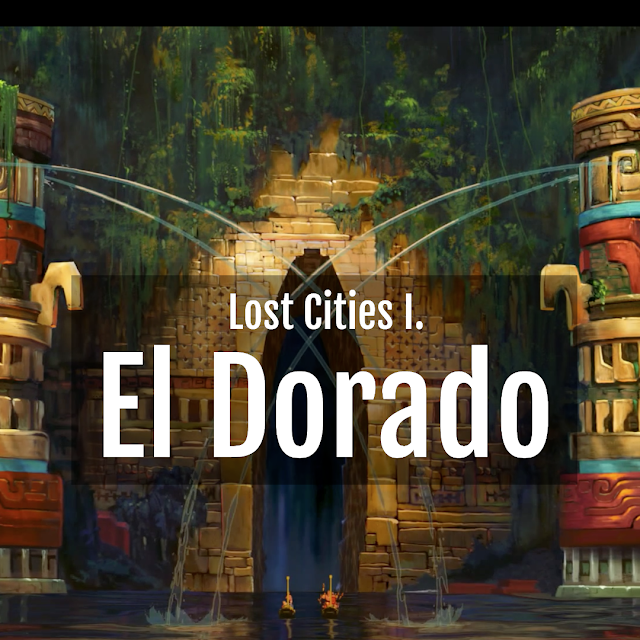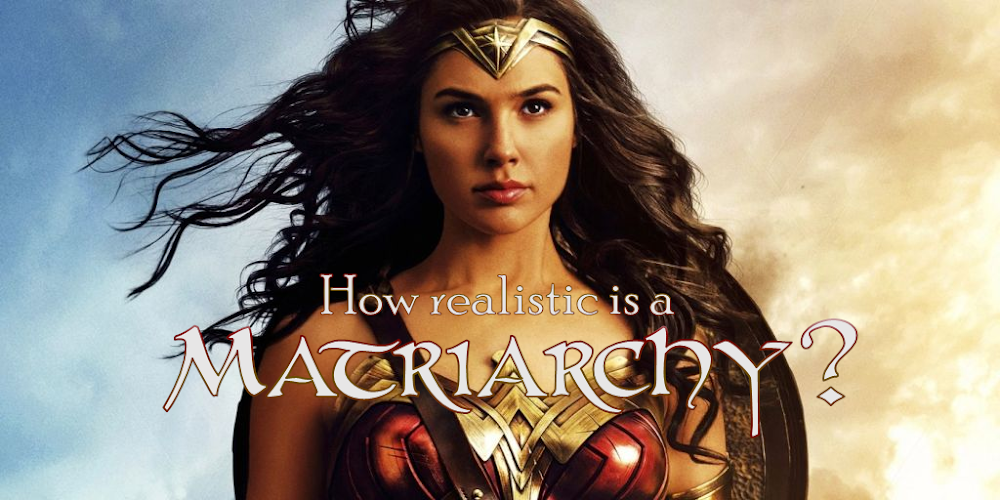Lost cities - The City of Gold that could have been true
Hey there, travelers!
Moving on from continents lost to mankind to a smaller scale, we’re here to talk about one of the most ridiculous shared delusions of 16th-century powers – the City of Gold, El Dorado. If you missed the previous stop on lost continents, be sure to check it out to get a grasp on how the mentality behind these myths works.
So, El Dorado. To be honest with you, I have a ridiculous fascination with both secret hidden civilizations and pre-colonial America, so I can’t help but love the idea of a city hidden within the jungles of the New World, if not exactly for the gold. But do you know who loved it for the gold?
The Spanish conquistadors who made it up.
I. The Golden Man
The whole story starts with a local legend the conquistadors heard about “El Hombre Dorado”, or the golden man, a tribal chief so rich he’s coated with gold dust. So being the brave conquerors they are, they trod off to find this El Hombre Dorado – and (for the last time in this whole story) they actually found it.
The Muisca people were a loose confederation of indigenous tribes living in what is now Columbia, and they were really wealthy, like, ridiculously so. They had a civilization as advanced as the Aztecs or Mayans and had a rich culture and history. For example (and this is important for our story) they revered the color of gold as Mnya, the representation of the creative energy that exists in all things. First of all, that’s a really unique concept, while being the light-hearted counterpart to H.P. Lovecraft at the same time. Given this fact, they used gold in every ceremonial thing they did, like the celebration of a new co-tribe chief (called the zipa) where they covered him in gold dust and sent him to swim in the Lake Guatavita. The waves naturally washed off the gold dust, while the chief’s servants threw other golden things, ornaments, and such into the lake to further revere Mnya.
II. The Golden ___?
When the conquistador found this they were in utter awe. Seeing all this gold dumped into the lake they made a misinterpretation that started the whole El Dorado rush. If you imagine yourself in the place of the Muisca, the whole thing makes a lot of sense. They didn’t have a currency-based economy, they traded things directly, so wealth wasn’t a matter of coins. A thing’s value was how useful it was in your day-to-day life, and since gold couldn’t be made into tools or weapons, the only use they had for it was for decorative or religious purposes. They dumped a fortune in gold into a lake, because to them, it wasn’t a fortune, just a metal they specifically gathered so it could be thrown into a lake.
But for the Spanish, it looked like something else. In the European, currency-based mindset gold was everything. It had an artificial value stuck to it because people could exchange it for things they actually needed. They kept their wealth in gold, so they could only afford to throw it in a lake if they were so utterly, ridiculously rich it didn’t actually matter. And that’s what they precisely thought when they found the Muisca. Out with El Hombre Dorado, the golden man, it was time to hunt for the gold they stashed so they could afford this whole ceremony – El Dorado (literally meaning “the gold”).
III. The Golden Lie
Now, as you know today, El Dorado is a complete myth, but before the time of GPS and detailed imaging of the whole world, it was just probable enough so you could believe it if you were desperate enough. At first it was a city made of gold, then a country with roads paved with the precious metal, lastly they enlarged it into an empire. Several expeditions were trying to find this mythical place, many because the natives figured out it was a comfortable way to get rid of the Spanish invaders and send them on wild goose chases that usually ended up with them dying to jungle fever, killing each other, or starving to death lost in the dense woods.
The most notable expeditions were the ones led by a certain Walter Raleigh, an Englishman trying to claim El Dorado for the British Empire as a foothold against the Spanish. He presumably heard the tale of Juan Martinez, a conquistador who has no official proof of existence (the historians must have mixed him up with another conquistador, but that’s besides the point), who took part in a previous expedition, later getting captured by natives, held captive “in a city paved with gold”. He later escaped but couldn’t find his way back to the city, but claimed he saw it with his own eyes. Now, if you ask me, taking the word of a man who said word-by-word he doesn’t remember how to get to El Dorado isn’t an overly wise thing to do, but hey, we’re talking about El Dorado. Reason was out the window at this point.
Naturally, Raleigh found nothing and after a few decades, people started to accept that the mystical city of gold was just that – a myth. If you ask me, why they believed it for a century is the take-home message of this story, and one many writers can learn from. El Dorado was alien enough to promise a huge satisfaction for the founders (be it wealth, glory or quenching the thirst for learning about an ancient, hermetic civilization), but at the same time, it was down to earth enough so it, in theory, could have been a thing. These two points together urged many explorers to hunt for this legend, and a story that can motivate so many people is admirable.
Next week, we take a look at other lost cities, see what we can learn from those.
Until then, stay safe and stay sharp, travelers.
Cheers,
Darr







Comments
Post a Comment